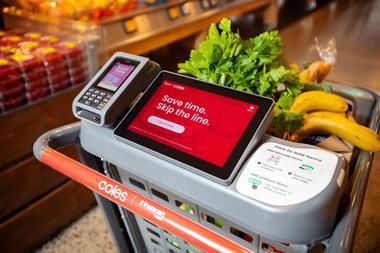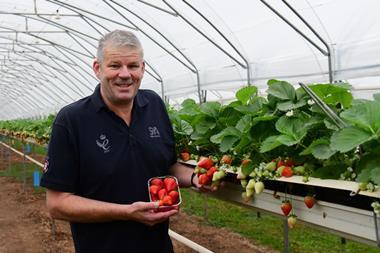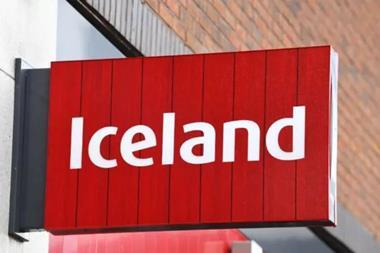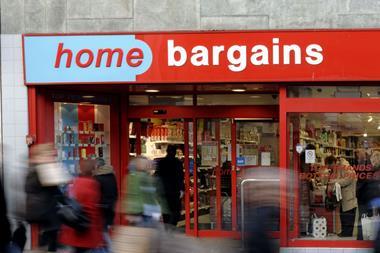
With inflation running high and the cost of living crisis going nowhere, shoppers are looking for ways to cut spending, and some brands are taking the hit.
Our Worldpanel data shows supermarket own-label alternatives, which are often cheaper, are growing at around 15% year on year. That’s roughly double the rate of branded lines.
That’s not to say brands are out of the race. They are still close to many shoppers’ hearts and, outside of Aldi and Lidl, branded goods continue to make up just over 50% of sales. It shows people will make room for names they know and love, even in tough times, if they think they are genuinely worth it. The question for brands is how to make sure they are part of that ‘cannot cut’ stable.
Many factors will play a role in this, from brand-led marketing to a commitment to quality. But there is one area where teams definitely shouldn’t pull back if they want to keep their place in the shopping basket: innovation.
We know 10% of branded fmcg sales in the past year came from new or updated items. As inflation reshapes shopper behaviour and priorities, responding to, and even leading, consumer trends is vital for brands to demonstrate their value and relevance.
In this context, NPD must follow some key rules to make sure it hits home.
Stay true to your identity
Brands have to move in a direction that fits with what consumers expect and already like about them. If new products are not in line with a brand’s identity, they will jar and seem unconsidered. In short, they just won’t work. It’s about a balancing act of evolving while staying the same.
Brands should leverage the equity they’ve already built up with consumers to help them push into new areas.
A good example of this is Richmond’s meat-free products. By launching an innovation that followed the shift towards flexitarian diets, while keeping the signature Richmond quality and taste, the business tapped into the value of the brand to seamlessly expand sideways into a whole new category. It’s a canny approach that allows it to avoid being pigeonholed and drives exposure across more of the supermarket shelves.
Be what shoppers need
Innovation for innovation’s sake is fruitless, and brands have to address real needs for new products to be meaningful and resonate with consumers.
Take Warburtons’ launch of its soft pitta bread. This may be a deceptively small innovation, but it’s one that tackles a very real frustration among consumers. If any reader has ever tried to fill a pitta and have it split open at the seams, they’ll know what I mean. The soft pitta innovation really packed a punch for Warburtons, reaching nearly 8% of all shoppers in 2021.
Equally importantly, it doesn’t cannibalise any of the existing Warburtons bread range – something brands must be wary of.
Innovation may sometimes feel risky, but with the right mindset and data, it doesn’t need to be. Our BrandZ data shows during times of economic turbulence, brands that are seen to be prominent innovators by consumers grow a whopping seven times faster than competitors.
With potential returns like that, it’s a risk brands simply can’t afford not to take.



















No comments yet